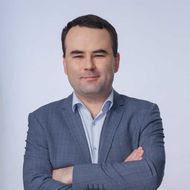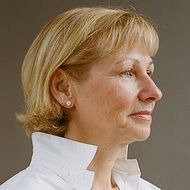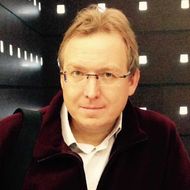- A
- A
- A
- ABC
- ABC
- ABC
- А
- А
- А
- А
- А
- HSE University
- Faculty of Geography and Geoinformation Technology
- News
- 2nd Year Students Practice on the Oceanology in Kaliningrad: Acquaintance with the Work of Oceanologists, Studying the Urban Environment
-
Faculty
-
Educational Programmes
Geography of Global Changes and Geoinformation Technology
Spatial Data and Applied Geoanalytics
Low Carbon Development
 Атлас изменений окружающей среды - Кыргызская Республика (Atlas of Environmental Change - Kyrgyz Republic)
Атлас изменений окружающей среды - Кыргызская Республика (Atlas of Environmental Change - Kyrgyz Republic)
Medvedev A., Alekseenko N., Kuramagomedov B. et al.
United Nations Environment Programme, 2025.
Solomina O., Matskovsky V.
Palaeogeography, Palaeoclimatology, Palaeoecology. 2025. No. 666.
In bk.: Reference Module in Earth Systems and Environmental Sciences. Oxford: Elsevier, 2025. P. 1-11.
Колосов В. А., Zotova M.
Published online. 10.1080/14650045.2021.1952184. Taylor and Francis, 2021

2nd Year Students Practice on the Oceanology in Kaliningrad: Acquaintance with the Work of Oceanologists, Studying the Urban Environment
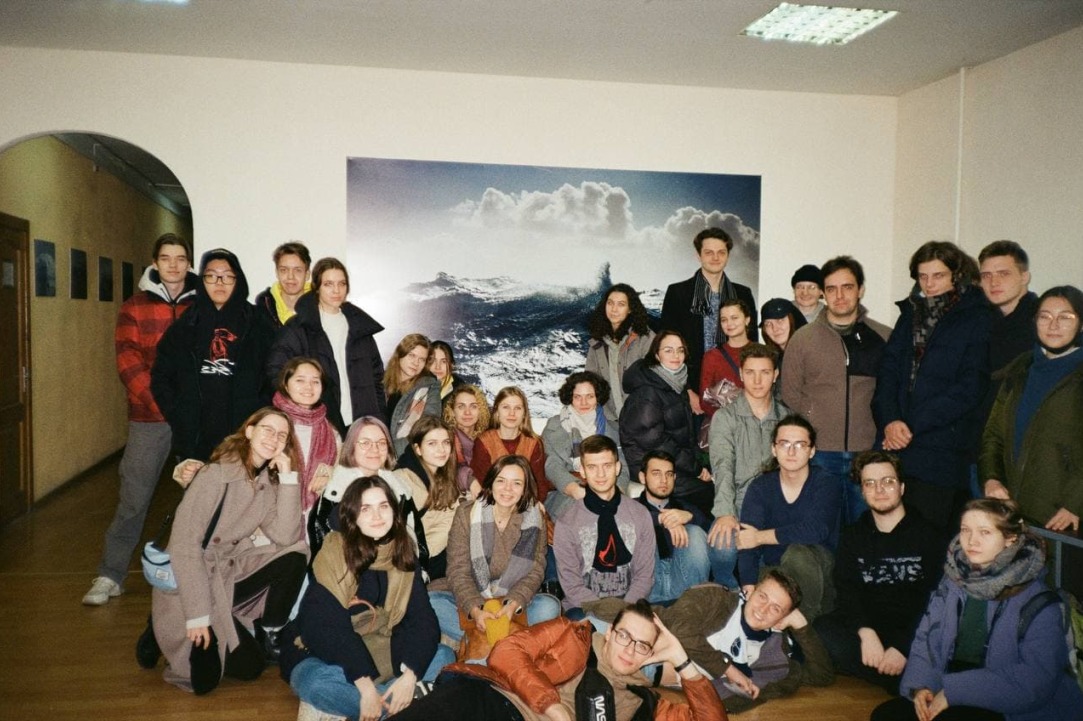
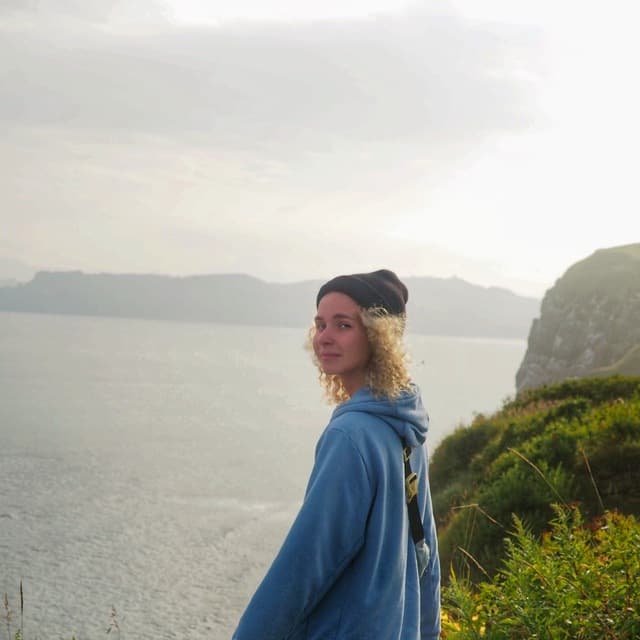
Yulia Levkovskaya, 2nd year student of the program "Geography of Global Changes and Geoinformation Technologies"
We were divided into two groups. On the first day, the main point of the route for the first group was the Curonian Spit in Zelenogradsk. On the spit, Yulia Kuznetsova, a lecturer of geomorphology and Programme Academic Supervisor, spoke about the conditions for the formation of dunes. Polina Verezemskaya, the head of the practice and lecturer of oceanology, told us about the Baltic Sea and asked questions about the topics covered from the climatology and oceanology courses.
On the second day, both groups went to the Atlantic Branch of the Institute of Oceanology of the Russian Academy of Sciences, where scientists gave lectures on marine geology and microbiology. We saw how a core sample looks like for studying the lithology of the seabed, the instruments with which it is examined, and a microscope for studying the remains of prehistoric fauna. We also had the opportunity to visit the laboratory that researches microplastics. There, scientists showed how microplastics are filtered from the water column, how they are separated from other debris in water and seabed sediment samples, and how their chemical composition is researched.
After the visit to the IO RAS, together with Ruslan Dokhov, a lecturer of social geography, we went for a walk around the city, where we learned about the architecture, history, and socio-economic features of Kaliningrad.
The third day was remembered by visiting the Museum of the World Ocean. We were given an excursion to the scientific-research vessel VITYAZ, one of the most important scientific vessels in Russian oceanology. We saw the engine room, the laboratories in which the scientists worked, and the cabins in which they lived. In the Museum of the World Ocean itself, we listened to a tour about meteorological and oceanological instruments and ocean biology. We learned what instruments are available for measuring meteorological and oceanological characteristics, what indicators of water and atmosphere can be measured with their help, and how these instruments work.
After all the excursions, we wrote a test for the first section of the oceanology course. And, each day we had free time, that we spent on our own tour of Kaliningrad and its environment.
- About
- About
- Key Figures & Facts
- Sustainability at HSE University
- Faculties & Departments
- International Partnerships
- Faculty & Staff
- HSE Buildings
- Public Enquiries
- Studies
- Admissions
- Programme Catalogue
- Undergraduate
- Graduate
- Exchange Programmes
- Summer Schools
- Semester in Moscow
- Business Internship
-
https://elearning.hse.ru/en/mooc/
Massive Open Online Courses
-
https://www.hse.ru/en/visual/
HSE Site for the Visually Impaired
-
http://5top100.com/
Russian Academic Excellence Project 5-100
- © HSE University 1993–2025 Contacts Copyright Privacy Policy Site Map
- Edit
